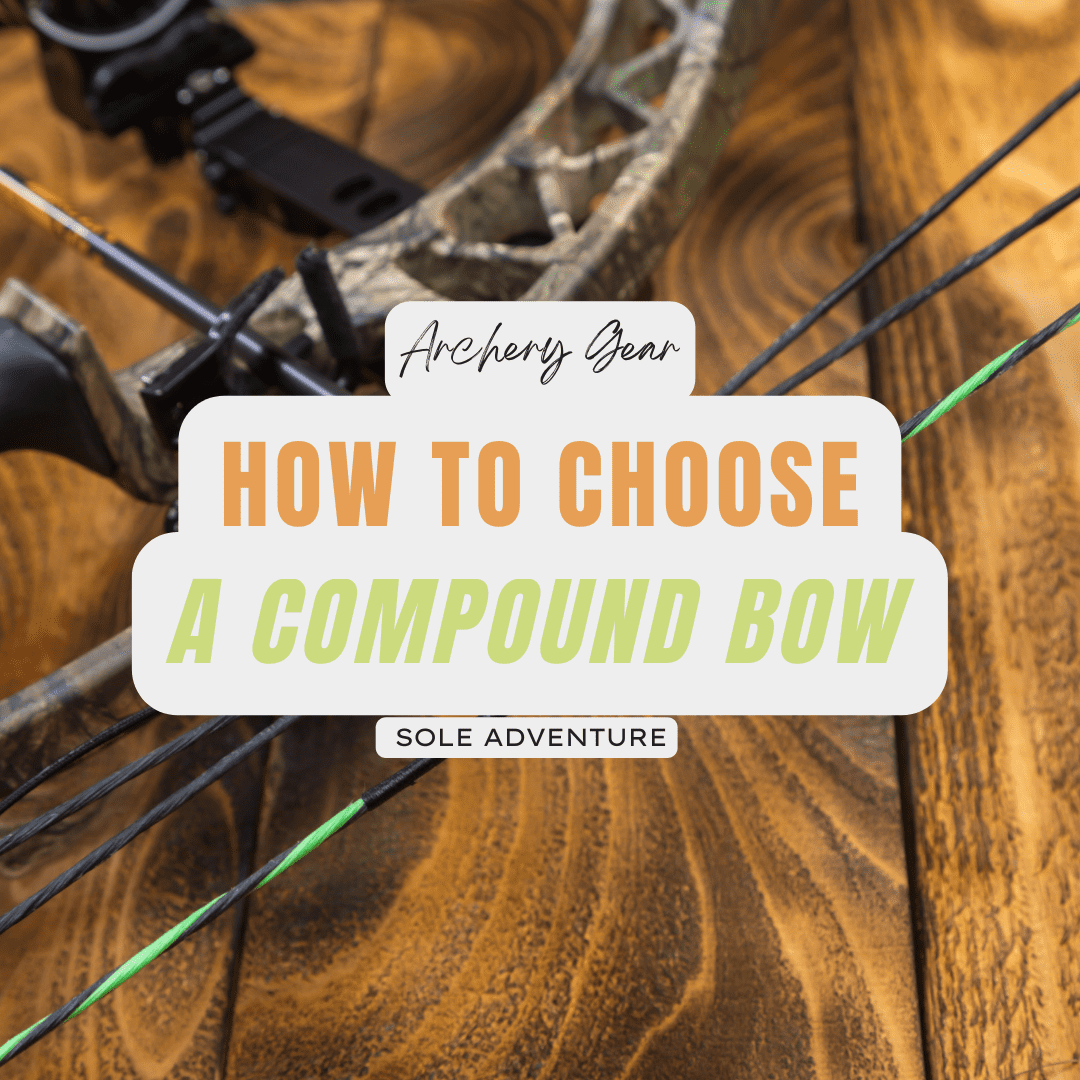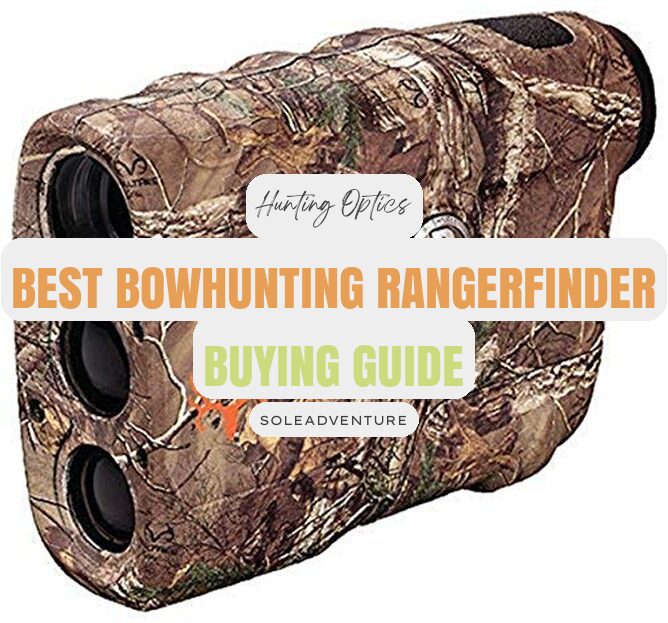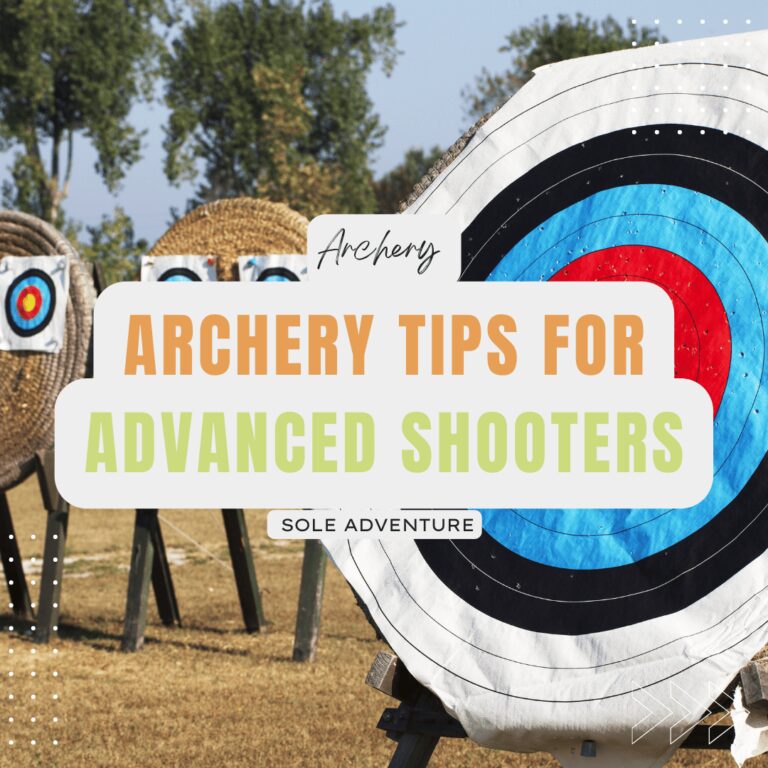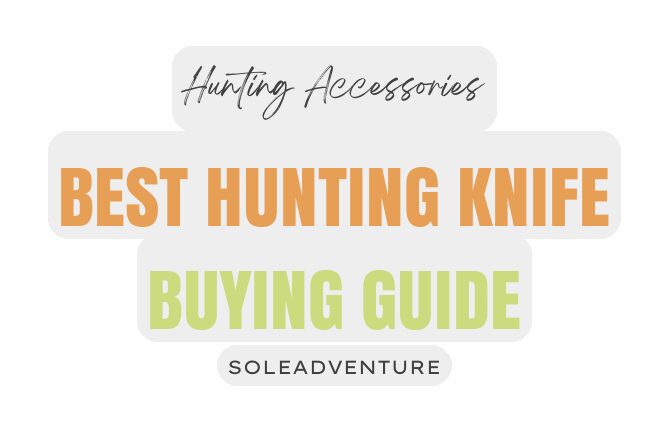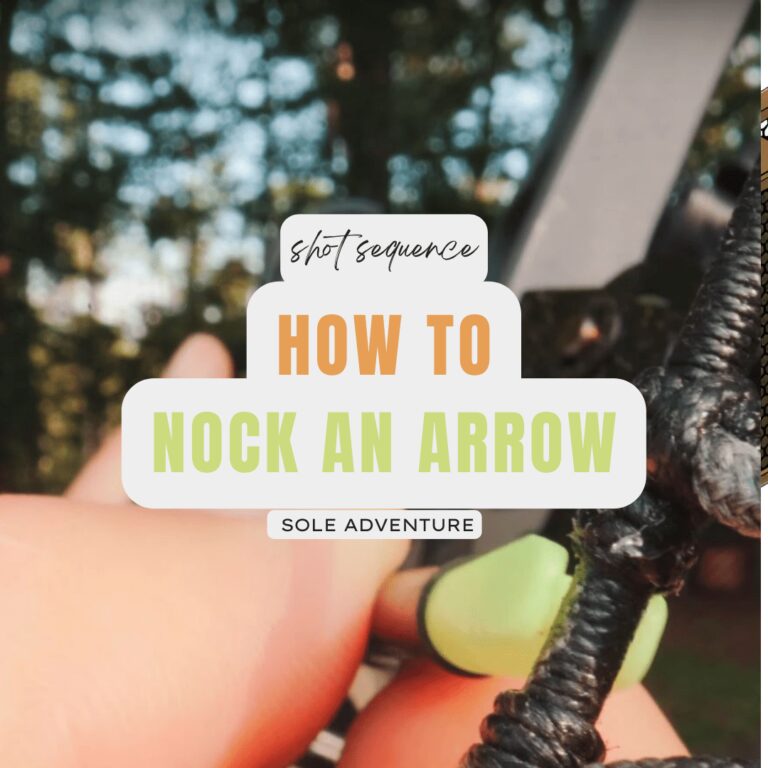From the invention of the first compound bow by Hollis Wilbur Allen in 1969 to today, bow technology has progressed exponentially. Modern compound bows hardly resemble their predecessors from just a few decades ago, and their performance has improved significantly.
Compound bow efficiencies have skyrocketed in recent years, with today's smooth bows achieving IBO ratings of 330 fps or higher, and some even reaching 360 fps. Improved materials and components have made these bows quieter and smoother to shoot..
Before you settle on a compound bow, take the time to think about the factors listed below. There is no universal bow that fits everyone's needs, and what works for one person might not work for you. Individual archers have distinct skills and requirements, and considering these aspects when choosing a bow is essential.
Moreover, as your abilities advance, you may need to reevaluate your bow or make modifications to it. This is a natural part of the process and signifies growth in areas where you once struggled.
Contents
- Most essential factors to consider
- 1. Eye Dominance
- 2. Draw Length
- 3. Selecting the Right Draw Weight
- 4. Axle-to-Axle Length
- 5. Arrow Speed
- 6. Bow Noise
- 7. Brace Height
- 8. Bow Weight: A Factor to Consider
- 9. The Role of Cams
- 10. Appearance: Color Variations, Prints, and Camouflage
- 11. Bare vs. Ready-to-Shoot Bows
- 12. Bow Packages: The Ultimate Bundle
- Final Tips for choosing the perfect compound bow
Most essential factors to consider
Listed below are 12 factors to keep in mind when searching for your first compound bow. In each section, I'll explain the tip, its impact on you as an archer, and how to apply it when selecting a bow.
1. Eye Dominance
Also known as "ocular dominance," this refers to your brain's preference for one eye over the other, resulting in clearer vision with the dominant eye. This often overlooked aspect is crucial when choosing a bow, as clear vision is necessary for accurate shooting.
Most people have a dominant eye, usually on the same side as their dominant hand. Follow these steps to determine your dominant eye:
- Form a triangle with your thumbs and forefingers while stretching your arms out in front of you.
- Look through the triangle with both eyes open, focusing on a stable object like a picture on the wall or a light switch.
- Close one eye, then open it and close the other eye. Observe which eye maintains the object in place and which eye causes it to shift slightly to the side.
- The eye that keeps the object centered in the triangle is your dominant eye. If your dominant eye is your right eye, you should shoot right-handed, and vice versa.
2. Draw Length
Draw length refers to the distance you can pull back the bowstring. Your draw length should be neither too short nor too long. Most compound bows have a limited draw length, but many can be adjusted to fit the shooter's draw length comfortably.
An archery professional can accurately measure your draw length, but you can also do it yourself. Follow these steps:
- Stand up straight and extend your arms and hands to each side, forming a T with your body and arms.
- Measure from the tip of one middle finger to the tip of the other middle finger (your wingspan), keeping the measuring tape as straight as possible.
- Divide that number by 2.5. This is your ideal draw length.
For example, if your wingspan is 60 inches, your ideal draw length is 24 inches. While an archery pro would provide the most precise measurement, this is an easy DIY method.
Draw length is important because:
Short Draw Length: A too-short draw length increases bow torque, leading to inaccurate shots and floating anchor points, which can cause inconsistency between shots.
Long Draw Length: A too-long draw length often requires the archer to tilt their head back to see clearly through the peep sight, leading to improper posture, inaccurate shooting, and back discomfort over time.
3. Selecting the Right Draw Weight
Numerous archers mistakenly opt for the maximum draw weight they can handle, hoping for swifter arrow speeds. However, this approach can backfire, primarily because an overly heavy draw weight may cause stress while shooting. This stress can result in shakiness and impaired focus, ultimately affecting even the most skilled archers' accuracy.
Compound bows offer a feature called let-off to alleviate the weight needed to hold the string at full draw. A recommended let-off percentage is about 75-80%, allowing you to conserve as much power as possible.
To determine the appropriate draw weight, consider your own strength. For instance, while testing bows, try to draw and hold the bow for 20-30 seconds. If you can maintain this hold without trembling or quivering, the draw weight is suitable, and you might even attempt a higher draw weight with another bow. If not, opt for a lower draw weight.
Modern compound bows usually have adjustable draw weights. Start with a low-poundage bow and gradually increase the draw weight as your shooting muscles strengthen.
4. Axle-to-Axle Length
Axle-to-axle length, or bow length, significantly affects the bow's maneuverability and stability. Choose the length based on your bow's intended purpose.
For hunting, a shorter bow is preferable due to its ease of handling and control in the field, treestand, or blind. Typically, bows for these purposes measure 33 inches or less.
If you plan to use your bow for target shooting or open-field shooting, consider a longer bow. The extended axle-to-axle length provides increased stability and noise reduction. Ensure the length is comfortable for you, with 33-35 inches being a good range for these activities.
Novice archers often start with longer, more forgiving bows, while seasoned shooters or those with more time to hone their skills may choose shorter bows. Ultimately, personal preference and comfort should guide your decision.
5. Arrow Speed
Noise and speed are crucial factors for every archer, whether practicing or shooting.
Arrow speed, measured in feet per second (FPS), depends on the bow's draw weight. A higher draw weight results in faster and farther-traveling arrows. However, other factors can influence arrow speed and distance, such as the archer's strength, external conditions like weather, and the weight of the arrows used.
For hunting, rapid arrow speed is desirable, as it generates greater kinetic energy and increases the likelihood of deeper arrow penetration. Larger game requires more kinetic energy for a clean shot.
6. Bow Noise
A quiet bow is generally preferred by most archers. Noise is produced by vibrations resulting from the energy not transferred to the arrow when the bow is fired.
Modern compound bow designs minimize energy loss. Additionally, vibration dampeners can be purchased to absorb vibrations and quieten your bow.
7. Brace Height
Brace height, the distance between the string and the bow grip when the bow is at rest, is crucial. Generally, a shorter brace height generates faster shots, while a longer one provides more stability. Aim for a moderate brace height to achieve a balance between speed and stability. A brace height between 6 and 8 inches is recommended by most archers, as it makes the bow easier to hold, draw, and control, while preventing the string from getting too close to your forearm.
8. Bow Weight: A Factor to Consider
As simple as it sounds, the weight of the bow is an essential aspect to think about. Are you a novice or seasoned archer? For beginners, it's recommended to opt for a lightweight bow. Such a bow is not only easier to manage in tree stands but also more convenient to carry during extended outdoor sessions.
However, keep in mind that a lighter bow tends to generate more vibration and noise. Nonetheless, this may not be a significant downside if you're spending a considerable amount of time in the woods and prefer not to lug around a hefty bow.
9. The Role of Cams
I once stumbled upon an intriguing perspective that a compound bow is a collection of small "machines" working in unison to form a fully operational mechanical system. It may seem overly simplistic, but it made me ponder the importance of each component on a compound bow. If even a single piece is missing, the entire bow's functionality is compromised.
That's where cams come into play. They are often considered the core of a compound bow's mechanical system. Cams perform multiple tasks simultaneously, but their primary and most crucial function is to control the draw weight of the compound bow.
Cams alter how the bow stores energy during your draw and enable let-off at the end of your draw stroke. This means that at full draw, you're holding less weight, allowing for increased focus on aiming and greater accuracy.
Today, we'll discuss four distinct cam types: Single, Hybrid, Binary, and Twin. While they all share a similar mechanical objective, each comes with its own set of pros and cons as well as unique characteristics.
A. Single Cams
Also known as "solo cam" or "one cam," this system features an idler wheel on the top and an elliptical-shaped cam at the bottom. It's important to remember that not all single cams are equal. Some are fast and aggressive, while others are smooth and gentle. Generally, single cams provide a smoother experience and are fairly reliable.
Pros:
- Usually quieter than traditional twin cam systems
- Simpler maintenance compared to traditional twin cam systems
- Most single cams offer a solid stop at full draw and reasonably good accuracy
Cons:
- Limited ability to achieve level nock travel
B. Hybrid Cams
A hybrid cam system consists of two asymmetrically elliptical cams - the control cam (top) and the power cam (bottom). Hybrid cams are expected to gain popularity as more manufacturers switch to this design. Equipped with a single-split harness, a main string, and a control cable, hybrid cam systems offer impressive setup.
Pros:
- Straight, level nock without timing and synchronization issues
- Lower maintenance requirements
- Quick and quiet when properly adjusted
Cons:
- While hybrid cams have few drawbacks, they do require proper orientation for optimal performance and efficiency, which is true for most cam types on the market.
C. Binary Cams
Binary cams have made a significant impact on the industry by introducing a completely new concept that automatically balances stress and deflections. With a modified 3-groove twin cam system, binary cams connect the top and bottom cams instead of attaching them to the bow's limbs. This self-correcting cam system has no notable cons.
However, be cautious when selecting your bow, as some manufacturers mislabel binary cam systems as hybrid cam systems. Pay attention to the cam system on the bow itself rather than the manufacturer's description.
D. Twin Cams
Commonly referred to as a "Two Cam" or "Dual Cam" system, twin cams have two round wheels on each end of the bow.
Pros:
- Exceptional nock travel
- Accurate and precise shooting
- Impressive overall speed
- Extensive adjustment ranges
Cons:
- Greater maintenance
10. Appearance: Color Variations, Prints, and Camouflage
Traditionally, compound bows were available only in basic colors like black or brown. However, manufacturers have recently begun offering bows in a wide range of colors, unique prints, and of course, camouflage patterns for hunters.
Bow finishes allow you to showcase your personality. Personal preferences mostly guide your choice, whether you prefer eye-catching neon colors or a classic all-black finish.
Bowhunters, on the other hand, must adopt a more practical approach. While camouflage is an obvious choice, there are other factors to consider.
Understanding the animals you're hunting is essential. Deer, elk, and other mammals, like bears, are colorblind to red and green. To them, vibrant colors like orange or pink blend in with their surroundings. Hence, bows with pink, orange, and blue camo prints are effective.
For large game, camo patterns are more critical than colors. Vibrant patterns may stand out in deciduous forests during winter or be noticeable in evergreen forests if using snow-white winter camo. In contrast, turkeys have better vision and can see colors like red, orange, and pink. Turkey hunters should opt for traditional camo finishes and avoid bright colors or experimental patterns.
However, keep in mind that visual appearance isn't the most crucial factor for prey animals; sound and scent are more important. Solid colors like black and brown can still be effective for hunting.
11. Bare vs. Ready-to-Shoot Bows
Compound bows are designed to accommodate numerous accessories, each serving different purposes. Some common accessories include sights, quivers, drop-away arrow rests, and bow releases.
Ready-to-shoot bows come with essential accessories and often extra features, while bare bows are just the bow, requiring separate accessory purchases. Both options have their own set of considerations.
Accessories are vital for hunters but less so for target shooters. The convenience of an attached quiver, for instance, can make a significant difference for a hunter needing a quick follow-up shot.
Compatibility and quality of accessories are also important factors. Manufacturer-included accessories guarantee compatibility but may be generic.
Ready-to-shoot bows are suitable for beginners learning about accessories. However, experienced archers might prefer selecting the best accessories for their specific needs.
Cost is another factor. With a bare bow, you know what you're paying for, while ready-to-shoot bows may have hidden costs. The bow's quality may be compromised to reduce the overall cost.
12. Bow Packages: The Ultimate Bundle
Bow packages go beyond ready-to-shoot bows, including additional items such as arrows, broadheads, a case, an arm guard, and sometimes even a target. In some cases, a professional will set up, test, and tune the bow for you. The best bow packages also let you choose your accessories.
Bow packages offer convenience, but they can also provide practical benefits, like professional tuning for accuracy, professionally chosen arrows and broadheads, a protective case, and arm guards and targets for home practice.
Bow packages cater to experienced archers and bowhunters with specific preferences. Beginners can benefit from having a bow ready for immediate use. However, ensure archery is a long-term interest before investing in professional service and high-quality accessories.
Final Tips for choosing the perfect compound bow
When looking for a good compound bow, prioritize newer or recent models. You don't have to spend a fortune on this year's flagship model; many mid-priced bows are better than top-tier models from just five or six years ago. Choose something relatively new, and you won't be disappointed.
Compound bows can be expensive, so before making a purchase, ensure you find the right bow for you. Keep the following advice in mind when shopping for your perfect compound bow:
- Ignore marketing hype: Don't be swayed by advertising tactics. Instead, try out as many different bows as possible and make your own decision based on personal experience.
- Avoid brand loyalty bias: Don't be a fanboy of a specific brand. Recognize that the best bow in any given year can come from any manufacturer.
- Understand the balance between speed and shootability: Generally, more speed means less shootability and vice versa. Look for the fastest bow you can handle and shoot well.
- Test various compound bows: Assess factors such as fit and finish, draw cycle, back wall, valley, shock and vibration, noise, balance, handling, grip, and speed when trying out bows.
- Focus on your own accuracy: Bow accuracy is dependent on the individual shooter. Look for a bow that allows you to shoot accurately and consistently.
- Consider bow forgiveness: A forgiving bow is one that is easy to shoot well, accommodating minor mistakes in shooting form and execution. Read reviews and tests to find the most forgiving bows.
- Shoot at a bow shop: Visit a bow shop when it's not busy, so you can try out various bows at your draw length and get a sense of which ones feel and shoot best for you.
By keeping these tips in mind, you'll be well-equipped to find the perfect compound bow that suits your needs and enhances your archery and bowhunting experien

